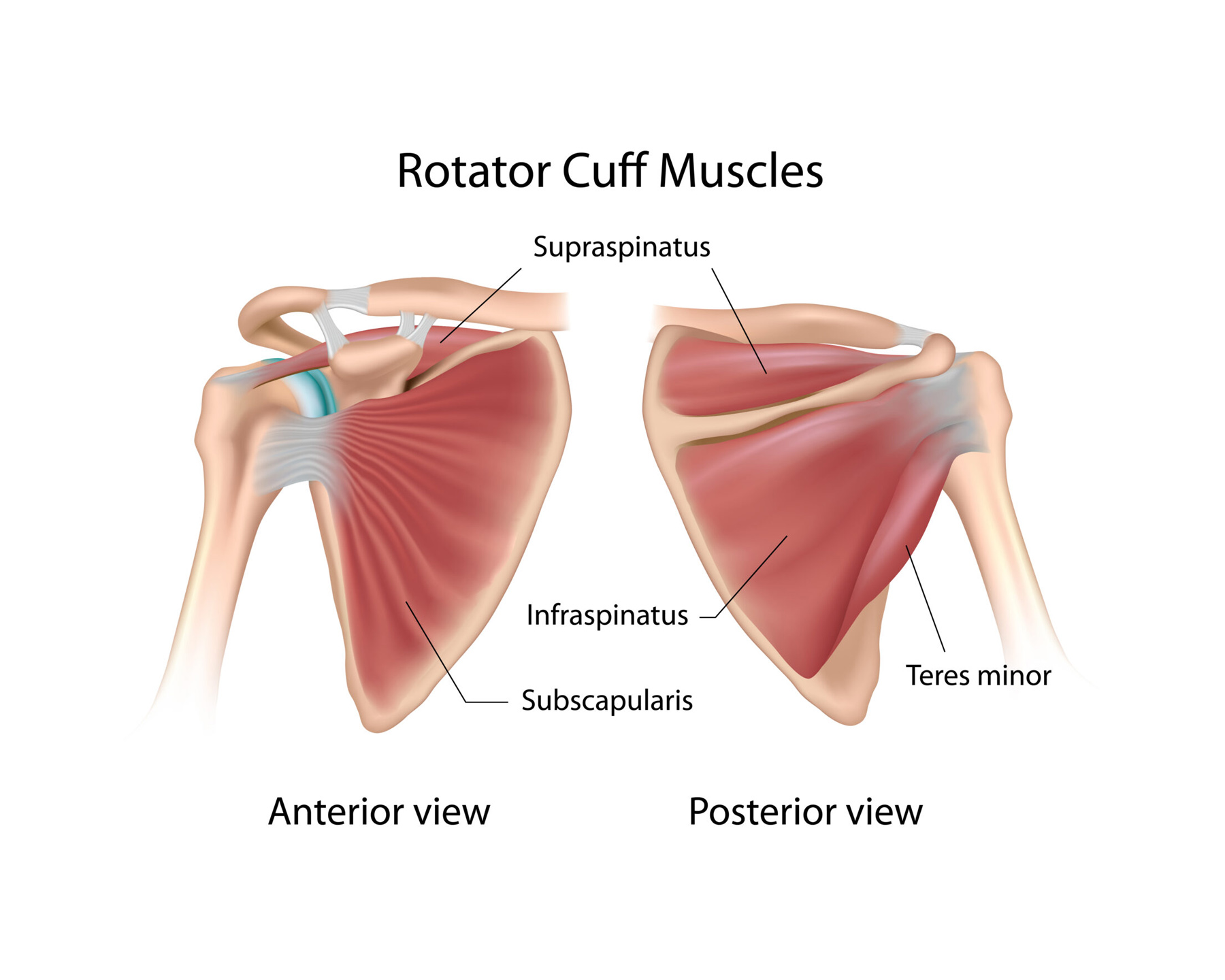This age group is most commonly affected by rotator cuff tendinopathy?
What is Over 40 years old
This common cause of rotator cuff tendinopathy involves repeated overhead motion, such as seen in painters or swimmers
What is Repetitive Overuse
This problem causes shoulder pain when Amanda lifts her arm above her head to swim
What is shoulder impingement?
This tendon is most commonly involved in rotator cuff tendinopathy?
What is Supraspinatus

This lifestyle habit reduces tendon healing by impairing blood flow and collagen synthesis, increasing the risk of tendinopathy
What is smoking
This condition involves chronic shoulder pain and progressive stiffness, often due to disuse and inflammation
What is adhesive caspulitis
This percentage of individuals over 80 have a rotator cuff tear, symptomatic or not?
What is 60%
People with this metabolic condition are more likely to develop rotator cuff tendinopathy due to stiffer tendons and delayed healing
What is smoking
Rotator cuff tendinopathy can lead to this serious complication, where tendon fibres are completely torn
What is full thickness rotator cuff tear?
Why dosome people with rotator cuff tears experience no pain or symptoms?
The shoulder muscles can compensate for some tendon dysfunction
Forward head posture and rounded shoulders can reduce this space, contributing to impingement of the supraspinatus tendon
What is subcromial space
Because Amanda is avoiding painful movements, these shoulder muscles may weaken or waste away
What is muscle atrophy of the rotator cuff muscles?
What best explains the increasing incidence of rotator cuff tendinopathy with age?
Decrease Tendon Vascularity and collagen quality
Weakness or poor control in these two key muscle groups can lead to abnormal shoulder mechanics, reducing joint stability and increasing strain on the rotator cuff tendons.
What are the scapular stabilisers and rotator cuff muscles
This complication isn’t physical but may occur due to chronic pain, poor sleep, and lost athletic performance
What is mental health deterioration/athlete burnout